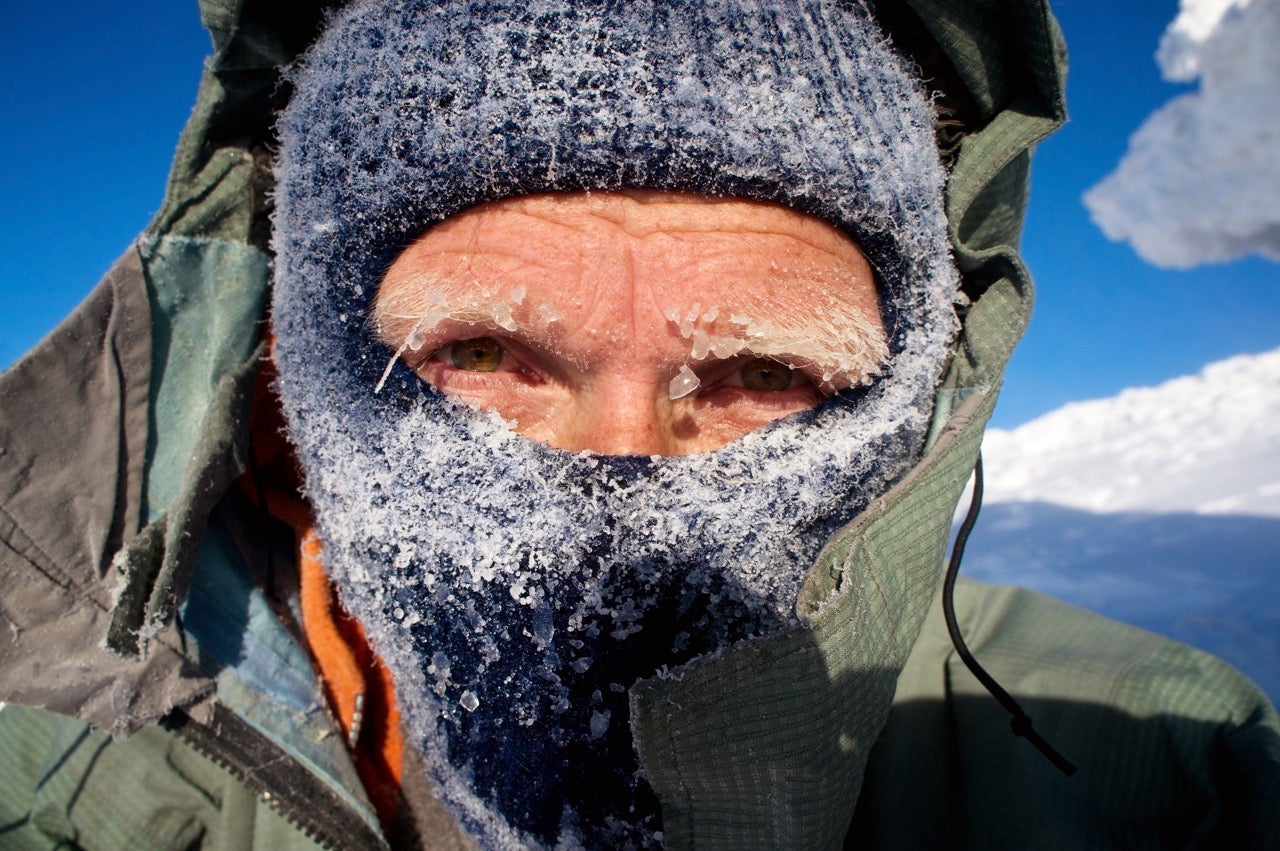
Our Editors independently research, test, and rate what we feel are the best products. We use affiliate links and may receive a small commission on purchases.
As winter grips those of us in the northern hemisphere, outdoor enthusiasts and everyday adventurers alike are eager to embrace the chilly beauty of the season. However, with the plummeting temperatures comes the risk of frostbite, a serious condition that occurs when the skin and underlying tissues freeze. In this feature, we will explore the ins and outs of how to prevent frostbite, ensuring your winter wonderland experience remains a safe and enjoyable one.
Check out our guides to the Best Heated Hoodies, the Best Heated Vests, the Best Heated Jackets, and the Best Heated Socks.
What is Frostbite?
Frostbite occurs when skin and body tissues freeze due to exposure to extreme cold. The areas most susceptible to frostbite are the extremities, such as fingers, toes, nose, and ears. Windy conditions can exacerbate the risk, as they accelerate heat loss from exposed skin.
Know the Signs of Frostbite
Recognizing the early signs of frostbite is crucial for prevention. Symptoms include numbness, tingling, and pain in the affected areas, as well as changes in skin color (pale, hard, or blistered). If you experience these symptoms, it’s essential to take immediate action to prevent further damage.
Dress for Success
The key to avoiding frostbite starts with proper attire. Layering is essential, as it helps trap heat close to the body. Start with a moisture-wicking base layer to keep sweat away from the skin, add an insulating layer for warmth, and finish with a waterproof and windproof outer layer to protect against the elements. Don’t forget to cover extremities with insulated gloves, warm socks, and a hat.
Stay Dry and Hydrated
Wet clothing significantly increases the risk of frostbite. Ensure your outer layer is waterproof, and if you get wet, change into dry clothes promptly. Stay hydrated, as dehydration can make you more susceptible to cold-related injuries. Warm drinks, such as herbal tea or hot cocoa, can also help maintain body temperature.
Take Breaks Indoors
Give your body a chance to warm up by taking breaks indoors during prolonged exposure to the cold. This is especially important if you notice any early signs of frostbite. Warm up gradually, avoiding sudden temperature changes that can stress the body.
Be Mindful of Wind Chill
Wind chill can make the air feel much colder than the actual temperature. Check the weather forecast, and be prepared for the wind by covering exposed skin and seeking shelter when necessary.
Know Your Limits!
Understanding your body’s limits is crucial in preventing frostbite. Pay attention to the temperature, wind conditions, and how your body feels. If conditions are extreme, consider postponing your outdoor activities or opting for shorter sessions.
Enjoy the Season
Remember, the key to a frostbite-free adventure is preparation and mindfulness. Being proactive about frostbite prevention is paramount. By staying informed, dressing appropriately, and listening to your body, you can enjoy the winter wonderland safely. Embrace the chill, but do so with caution and warmth.
